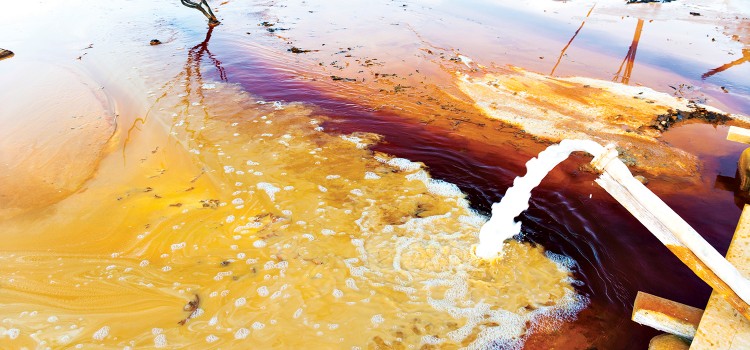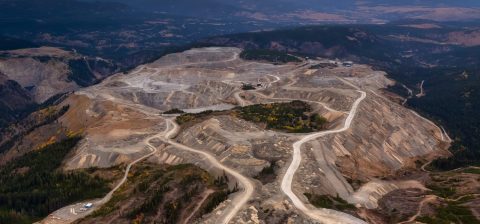SA Mining
Platinum: That Barbarous Relic
Keynes was also father of the Bretton Woods Agreement at the end of World War 2 which put America and the world back onto a gold standard for the next 25 years. His famous quote in 1923 of “Gold – that barbarous relic,” after Britain had just left the gold standard, could certainly apply to platinum today.
Platinum is possibly the most noble of all metals, with a hardness and melting temperature way above that of gold and a specific gravity (at 21.6 higher than all metals, except its sisters osmium and iridium). It was supposed to be the metal of the future and the least barbarous of all commodities.
Auto catalysts, fuel cells, petroleum and chemical refineries, fancy jewellery and its own investor class, who ranked it alongside gold as a store of value – all these exciting uses made platinum the metal of the future.
That is what we were all told and came to believe in the early new millenium. So even though the future seemed to take forever to arrive, when it finally did come, no one seemed surprised. By 2008 platinum was hitting new highs of over $2 100/oz while gold was still amazing its followers with prices of barely $950/oz.
So what happened? Why did platinum then begin its tumble to a price below gold since 2011? And why is it today selling at $925/oz while gold trades at $1 340/oz – 45% higher and at a record disparity? What happened?
Analysts are usually split when it comes to determining whether the problem is overproduction or weak demand.
Platinum’s ills can be attributed to both. South Africa, home to over 75% of platinum reserves and mine production, did increase production too rapidly for the traditional platinum market to absorb: from 3.2moz per annum in 1994, to over 5moz in 2004.
That left it to the exchange-traded funds and platinum funds, which flourished in the new millennium, to buy up the overflow of platinum metal.
But, as it soon turned out, these speculators (now investors) weren’t really diehard platinum bulls like the world has for gold.
And the worldwide demand for platinum today, stuck at around 5.7moz pa, is nothing like world demand for gold (which is over 100moz pa). Investors recently rediscovered how special gold is in the commodity universe – it literally cannot be overproduced, unlike platinum and every other commodity on Earth.
In fact, even though platinum is one of the Earth’s rarest metals, in South Africa there are more resources and reserves of it than there are of gold – and South Africa has nearly 50% of the world’s known mineable gold.
At $925/oz, platinum is trading today at just about its 100-year average price. Not a disaster considering it spent most of the 1990s averaging $660/oz.
But now most people are worried that there is too much platinum being produced for a market that just isn’t growing. The world’s internal combustion engine market is looking at flat to slow growth at best.
The fuel cell industry is still too small, and the saviour of platinum – jewellery and investment demand – has virtually collapsed, showing little signs of ever recovering.
So is platinum’s situation really so dire? Is there no hope for a price increase? In the investment world the saying “the best cure for low prices, is low prices” could not be more apt.
South Africa’s newfound propensity to constantly smother any metal price increase of any commodity with an amazing array of production-cost increases such as labour, electricity, logistics, community and union demands, along with numerous new regulations and policy changes, topped off with tax, royalty and BEE increases, ensures platinum idealists that their day will come, and most likely sooner rather than later.
With over 50% of South Africa’s platinum production losing money, and all its producers highly in debt owing to relentless cost increases from all quarters, production will have to begin decreasing.
Possibly not enough to get platinum back to its long-term average price of 35% higher than gold, but definitely above its current 30% discount to gold.
The big question that investors and producers need to consider before jumping in boots and all is: will gold and the other metals stay at these current elevated price levels going forward? Or will they very logically, slowly drift down in price to where they belong, leaving platinum where it sits today – at its seemingly happy level of approximately
$925/oz?
Well, if that does happen, at least we in South Africa have one small (maybe large) caveat, called “the rand”, which has on more than a few occasions bailed out the “investor of the metal” (and even sometimes “of the share” as well).
As the Bible says about politicians: As they taketh, so shall they give back – in some way or another.







 Sign-up and receive the Business Media MAGS newsletter OR SA Mining newsletter straight to your inbox.
Sign-up and receive the Business Media MAGS newsletter OR SA Mining newsletter straight to your inbox.